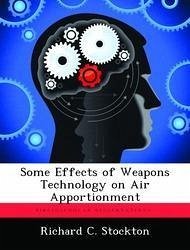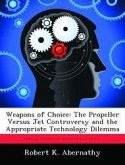Air apportionment is the joint force commander's tool for weighting his main and supporting efforts within the air operations supporting his campaign. It complements the targeting process by specifying how much effort is to be expended within each category. Consequently, it comprises much of the operational art of airpower employment at the theater level. Past studies have centered on the doctrinal differences between the services on how airpower should be apportioned; that is, on the apportionment decision. This monograph focuses on the apportionment process, not its results. Discussion is restricted to the apportionment of combat airpower. The monograph explores the impact of advances in weapons technology on the apportionment process and asks if these advances necessitate changes in the apportionment process. It traces the evolution of the apportionment process through the Korean War, Vietnam War, and Operation Desert Storm. Current joint and U.S. Air Force doctrine on the subject are then discussed, and its utility assessed by using Operation Allied Force as a case study. Three characteristics of an ideal apportionment process are postulated based on the historic and doctrinal review. Apportionment should be complete and thus able to identify, apportion, and utilize each relevant capability of available joint or multinational air forces. An apportionment process should also be efficient. That is, is should waste little time, facilitate quick accomplishment of its tasks, and lend itself to automation for incorporation into battle management software suites. Finally, it should be transparent. This characteristic views apportionment as a communication tool and requires the entire process to be visible and understandable to all actors. Two trends-advances in weapons systems, and advances in weapons-are studied in detail. Friction points between each area and the apportionment process are explored and several solutions are proposed for each problem. These proposals
Hinweis: Dieser Artikel kann nur an eine deutsche Lieferadresse ausgeliefert werden.
Hinweis: Dieser Artikel kann nur an eine deutsche Lieferadresse ausgeliefert werden.








